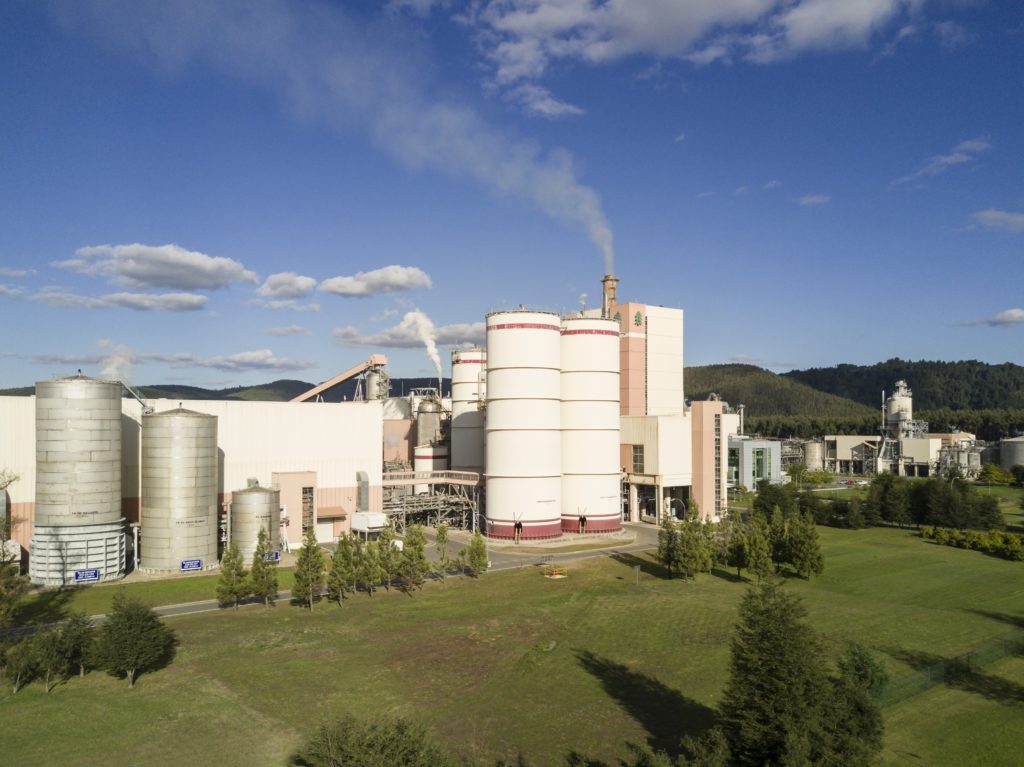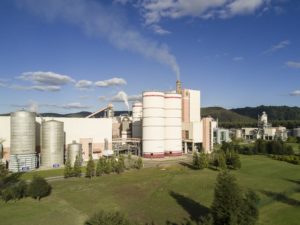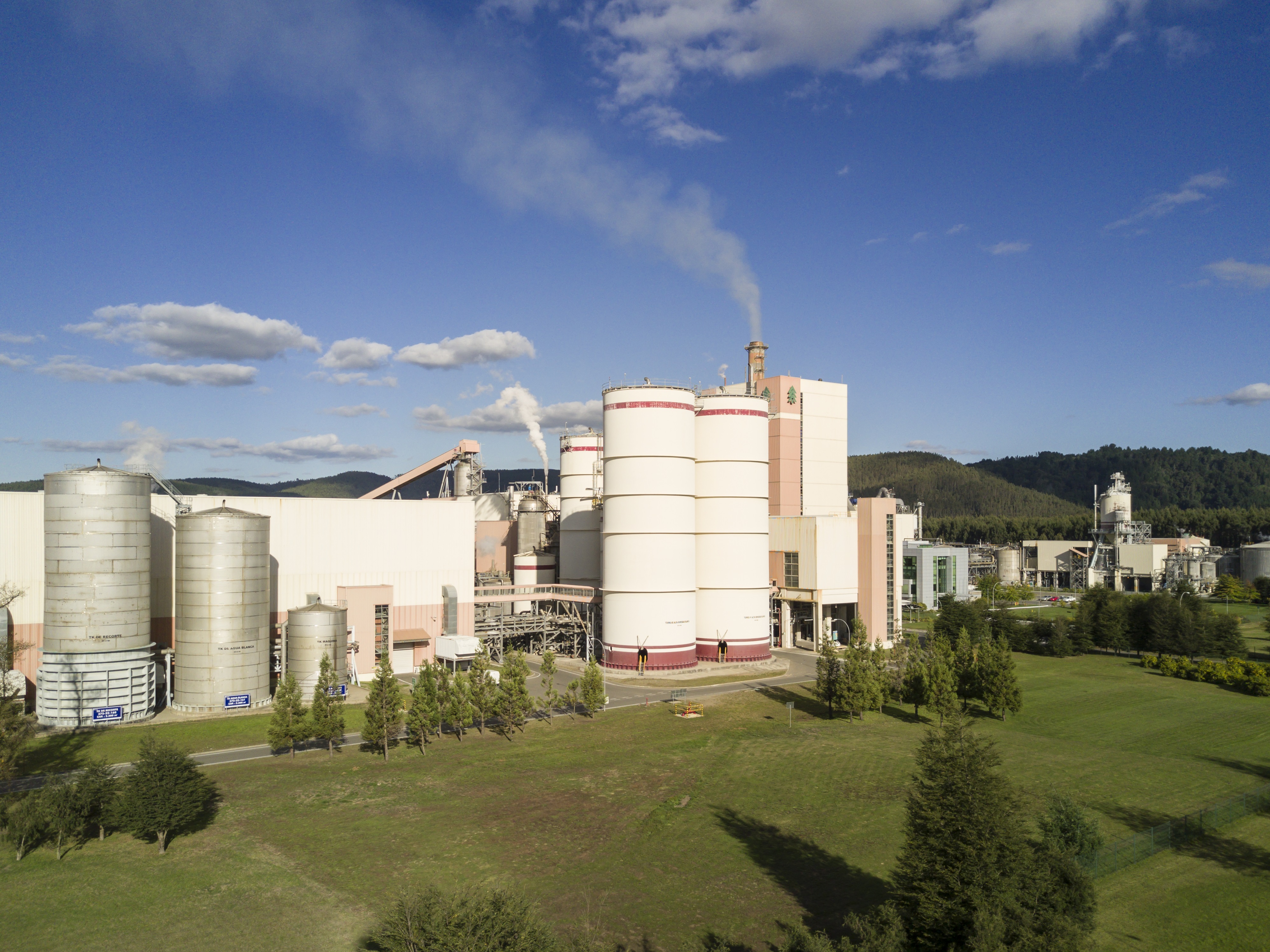ARAUCO to materialize significant innovation at its Valdivia Pulp Mill, allowing the company to enter new markets
CorporateThis $185 million dollar initiative uses the existing process and facilities, incorporating a few adjustments that will allow it to produce dissolving pulp.
Today, ARAUCO’s board approved the Dissolving Pulp project for Valdivia Pulp Mill, a $185 million dollar investment to produce a range of products such as textile fiber, cellophane paper and filters. This project –during whose construction peak will employ 1,400 workers—will allow the company to innovate with greater value added products within a global pulp market that is growing increasingly more competitive each day.
At a global level, the textile fiber market represents about 80 million tons. Dissolving pulp, which has experienced a rising trend in recent years, accounts for about 6% of total production.
This initiative will use the existing process and facilities at the Valdivia Pulp Mill, located in the Mariquina commune in the Los Ríos Region. The project will only incorporate a few adjustments to allow for the manufacture of dissolving pulp.
In addition, the application of the technology related to the production of this new pulp will comply with strict environmental standards, the same ones that are currently maintained at the mill. This innovation will also maintain the facility’s authorized annual pulp production level of 550,000 ADMT.
“This is a very good project, in which dissolving pulp stands out for its natural and environmentally friendly process, making it an alternate choice among other fibers in the market”, said Charles Kimber, ARAUCO Senior Vice President Commercial and Corporate Affairs.
He also explained that “the production of dissolving pulp will allow us to diversify the type of product offer for the global pulp market. This type of pulp has different applications in the textile industry, making it distinctive because its fibers are softer, brighter and purer. It is also used in the food, cellophane and flexible packaging industry, among other various industrial uses”.
This initiative also means good news for electric supply, because the project will contribute more power to Chile’s energy grid, the Central Interconnected System (SIC in Spanish), by using forest biomass as its primary input, which is classified as renewable energy according to the United Nations. The Valdivia Mill currently contributes an energy surplus of 25 MW to the SIC; the Dissolving Pulp project will increase this amount to about 55 MW.




